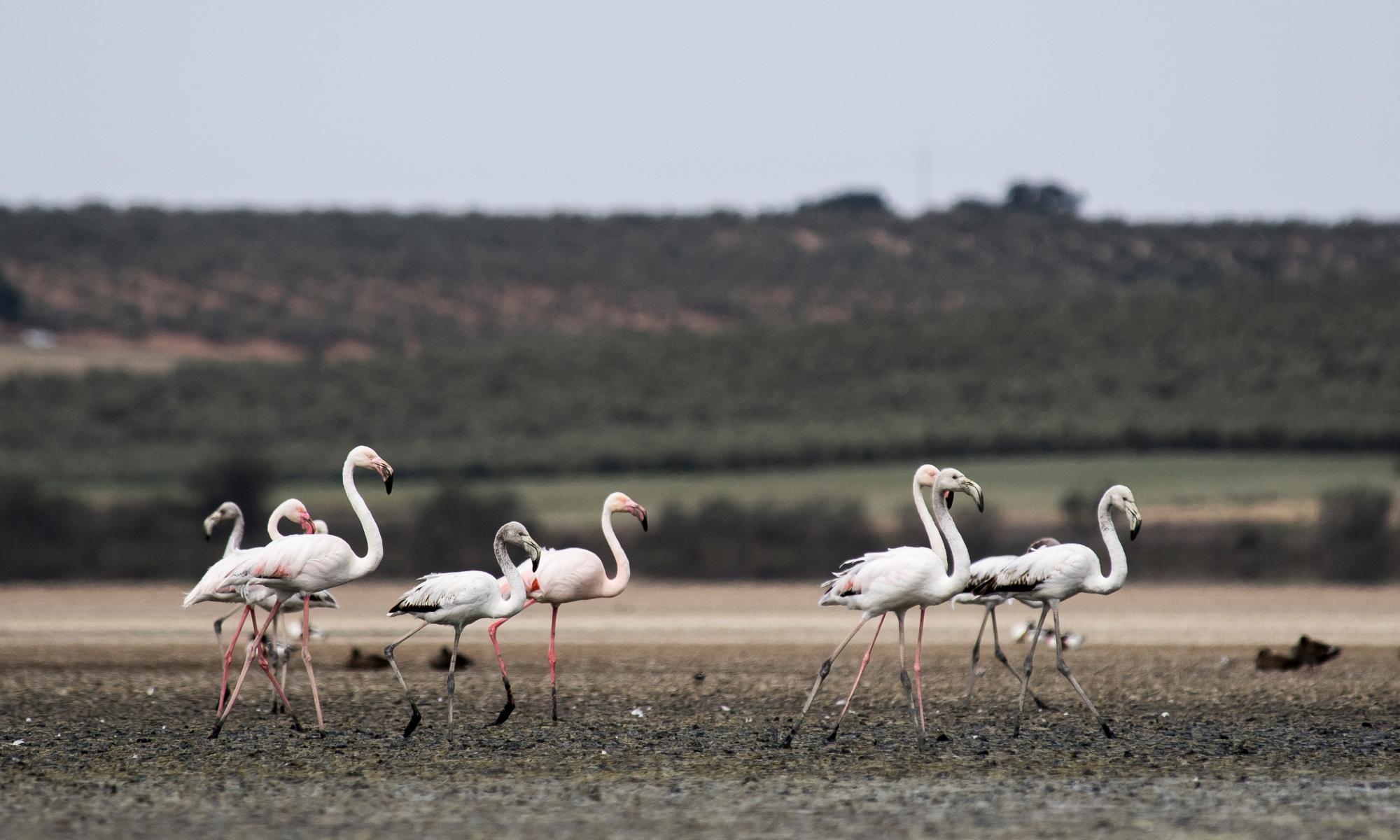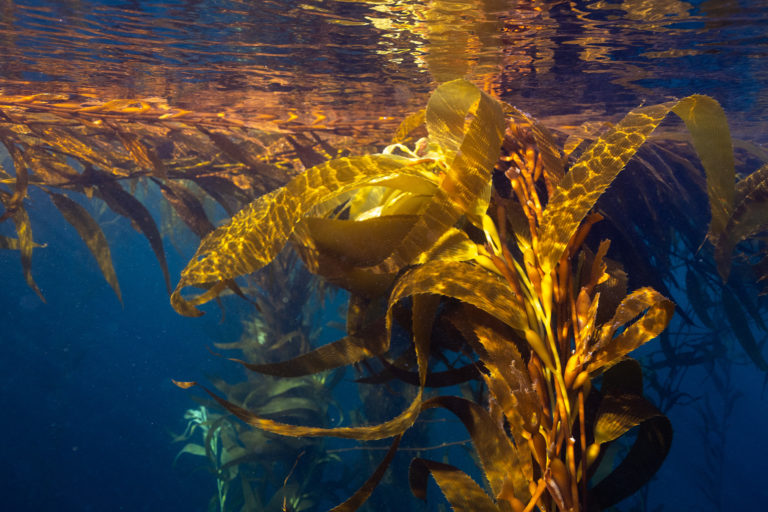They once lit up summer nights, people read by their luminescence and they’ve been celebrated by everyone from William Shakespeare to Crowfoot, a 19th-century North American chief.
But glowworms have had their lights dimmed by a cult of tidiness in the countryside, the loss of wild meadows and light pollution.
Now, hundreds of glowworms (Lampyris noctiluca) are being bred in captivity for release in two locations this summer, in an attempt to revive the declining species.
More than 500 glowworm larvae have already been set free in the grounds of Elvetham hotel in Hampshire, where wildflower meadows and nature-friendly scrubland is being restored. Hundreds more larvae, and some glowing adults, will be released at the hotel again this summer, and at Combeshead in Cornwall, a rewilded farm and glamping site.
The four-year project is led by the ecologist Derek Gow, who owns Combeshead and has been responsible for successful schemes to return water voles and beavers to the British countryside.
“These wee things were objects of delight,” said Gow. “Within a lifetime, people can remember a parent bringing one into their bedroom in a jam jar and lying in bed watching them glow. They were everywhere, twinkling their way through eternity. With overgrazing and hedge-flaying and tidying up the countryside we’ve turned their lights out.”

Glowworms are not worms but beetles and only the flightless female glows, to attract a male on summer nights. Although the males fly, the species is notoriously bad at dispersing, and so becomes trapped in small areas of suitable habitat.
The larvae – a gardener’s friend, being voracious predators of snails – take two years to mature, which leaves them susceptible to being destroyed by increasingly intense meadow management, with regular cuts for silage and hay.
A 2021 scientific study found that the abundance of glowworms declined markedly with increased proximity to artificial lighting. Not only do night lights bamboozle the female-seeking males, but they can cause the females to dim their lights. The flightless female will also not move away from light pollution.
Taran Matharu, co-owner of Elvetham hotel and children’s author, said he was inspired to fund the reintroduction effort after discovering the hotel could have inspired William Shakespeare’s A Midsummer Night’s Dream – which features glowworms – after a lavish three-day summer party was held there for Elizabeth I.
“This is a fairytale castle in southern England, and we wanted to make the garden like a fairytale, so I thought why not bring back England’s only native glowing insect?” said Matharu.
He contacted numerous insect breeders who told him it was impossible to breed glowworms at scale in captivity, before discovering Gow on Twitter.
Ecologist and conservationist Pete Cooper, who works for Gow, was already breeding glowworms with a method he perfected during the pandemic, assisted by YouTube tutorials from a glowworm keeper in Germany.
Glowworm larvae are kept on a bed of coconut fibre in plastic takeaway tubs with a damp sponge to retain moisture, and fed fresh snails – also bred for the purpose – every day during their growing season.
Cooper has even taken the glowworms with him in a cool-bag when travelling for work, so he can keep an eye on them and satisfy their voracious appetite for snails.
The gardener at Elvetham has been collecting snails and leaving them in the release-zone for the 569 larvae that will be released last summer. These larvae will reach maturity and glow next summer. The hotel also has a timed lighting system to avoid disturbing the glowing females.

The conservationists want glowworms to be emissaries for the restoration of “ordinary” local nature, so that churchyards, playing fields and local meadows become wildlife-rich places once again. Reviving glowworms will help other species.
“These insects are driving habitat restoration which benefits a multitude of other species who love that messy mix. Where you get glowworms, you get slowworms, and reducing artificial lighting will help bats as well,” said Cooper.
At Combeshead, Cooper believes the bare ground created by the rootling of the farm’s iron age pigs – similar to wild boar – will be particularly attractive to females because their lights can be more easily spotted by males if they glow on such terrain.
Both Gow and Cooper hope that, if successful on these two sites, glowworm reintroduction can become more widespread, with community keepers and conservation groups forming a citizen-led restoration of the species.
Gow said: “There is a powerful symbolism in the glowworm lights going out at a time when, ecologically, things are looking pretty grim, so we think this is something that could become a wider movement.
“If we get really good at captive breeding and release, schoolchildren can turn these things out into the countryside. Why couldn’t this be something you do as a child that has real meaning? They will look at these tiny things they’ve allowed to twinkle again and say ‘we did that’. People need to have these formative experiences if they are to care for the things with whom we share the planet.”
Glowworms in culture
“What is life? It is the flash of a firefly in the night.”
Crowfoot, a 19th-century chief of the Siksika First Nation.
“We are all worms. But I believe that I am a glow-worm.”
Winston Churchill, in a note to a friend.
“The glow-worm shows the matin to be near/ And gins to pale his uneffectual fire.”
The Ghost in Shakespeare’s Hamlet.
“And for night tapers crop their waxen thighs / And light them at the fiery glow-worms’ eyes / To have my love to bed, and to arise.”
Titania in A Midsummer Night’s Dream.


